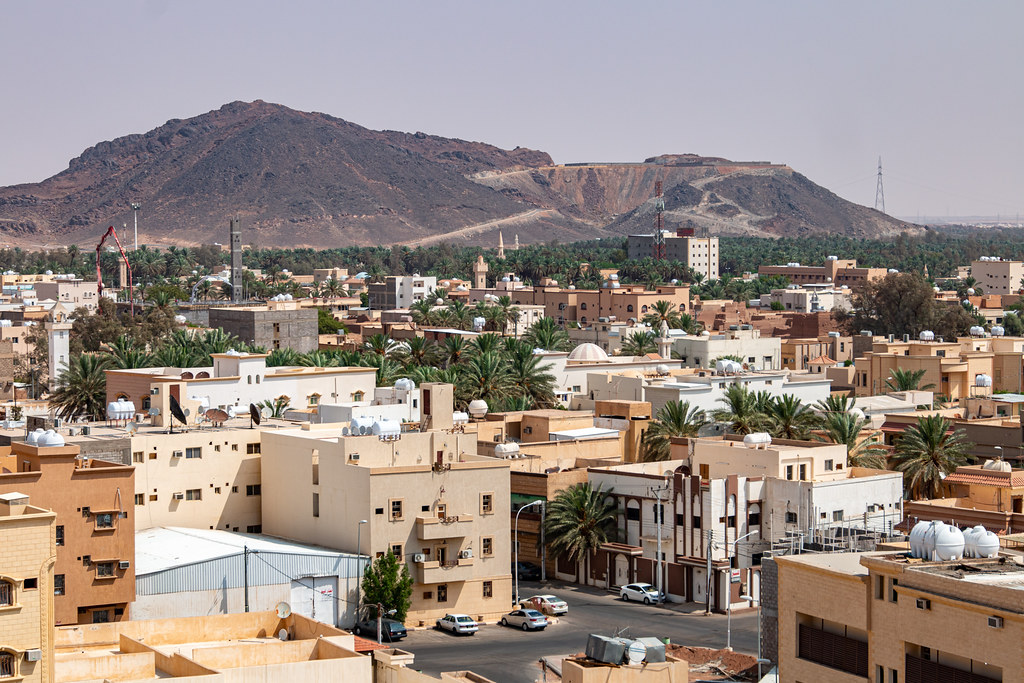It must be depressing I considered, to live in a former capital city. Once it served as the centerpiece of a sovereign nation, a focus of governance, a diplomatic hub, and now maybe only a provincial power or possibly much worse. I wondered what the saddest case might be, the one that fell the farthest and the hardest. I had a tough time narrowing it down because of the huge number of formerly sovereign states that no longer exist. There were plenty to select amongst.
I considered several factors. Longevity was key. A city that served as a capital for centuries would score higher than one that lasting in an exalted position for only a few years. I also examined recency and tried to find instances that stretched into the 20th Century, more-or-less. Finally, the completeness of the fall should play a role. For example, it’s hard to cry for Budapest or Prague — capitals of various former nations — when they continue to serve as capitals of existing nations.
There were so many wonderful candidates and I tried to spread my selections over a wide geography. For 12MC readers who may be wondering why I didn’t pick “city so and so” it’s only because I didn’t have enough space. I could have doubled or tripled the size of this list.
Lübeck

Lübeck (map) was once a city-state, the Free City of Lübeck, a sovereign space almost contiguously from the 13th Century until 1937. It also served as the focal point of the Hanseatic League beginning in the late Middle Ages. This defensive and commercial confederation dominated trade along the Baltic coast and beyond for centuries. The Nazis finally ended Lübeck’s sovereignty, allegedly because Hitler wanted to punish the town for slighting him a few years earlier.
Today Lübeck is split between two German states, Schleswig-Holstein (primarily) and Mecklenburg-Vorpommern. It is the capital of neither. Lübeck dropped from multi-hundred-year sovereignty to… just another port city.
Ha’il

Ha’il (map) served as the capital of the Emirate of Jabal Shammar, an Islamic monarchy lasting nearly a hundred years until 1921. The Emirate covered a big chunk of the interior of the Arabian Peninsula.
The House of Saud and the Emirate’s House of Rashid bickered frequently over their respective territorial boundaries within the desolate interior, the Nejd region, without any definitive resolution until World War I. The House of Saud allied with Britain during that conflict and the House of Rashid chose the Ottomans. This weakened the Emirate of Jabal Shammar once the war concluded. The Saudi campaign of 1921, with British military assistance, erased it for good.
Today Ha’il is a provincial capital, an agricultural center, a university town, and that’s about it.
Ngazargamu
I had a particularly difficult time selecting an African example because there were so many empires that lasted for multiple centuries before being erased by infighting or by European colonialism. I think Ngazargamu (Gazargamo) would be a particularly noteworthy example. It served as the capital of the Bornu Empire in the African interior in the general vicinity of Lake Chad from the 14th Century until 1893. After Bornu’s defeat, Ngazargamu fell to ruin and decay.
Today Ngazargamu is nothing but a brown patch of rubble in the middle of nowhere.
Mysore

India also included a large number of very prolific empires. I selected the Kingdom of Mysore that lasted from the 14th Century until 1947, which also had its capital in the town of Mysore (and in Srirangapatna at times). The Kingdom tussled with Britain in four separate Anglo-Mysore wars. Mysore won the first two rounds and the British won the all-important second two. That lessened Mysore’s importance when the British installed a new Prince. Mysore limped along as a diminished power until joining newly-independent India in 1947.
Today Mysore (map) is the headquarters city of the Mysore District, one of 30 such districts in India’s Karnataka state. It is also the lead city of the Mysore Division which includes a collection of several surrounding districts. However it’s not even the state capital, which is Bangalore.
Mu’a
I had a hard time with Oceana for an entirely different reason. Lots of south Pacific history went unrecorded so it’s hard to tell when dynasties actually formed. I’ll go with Mu’a though. The capital of the Tu’i Tonga Empire started as early as the 10th Century and lasted through 1865.
Today Mu’a is a small town on Tongatapu, the principal island of Tonga. Maybe 5,000 people live there. It’s not the capital. That’s Nuku’alofa.

Leave a Reply